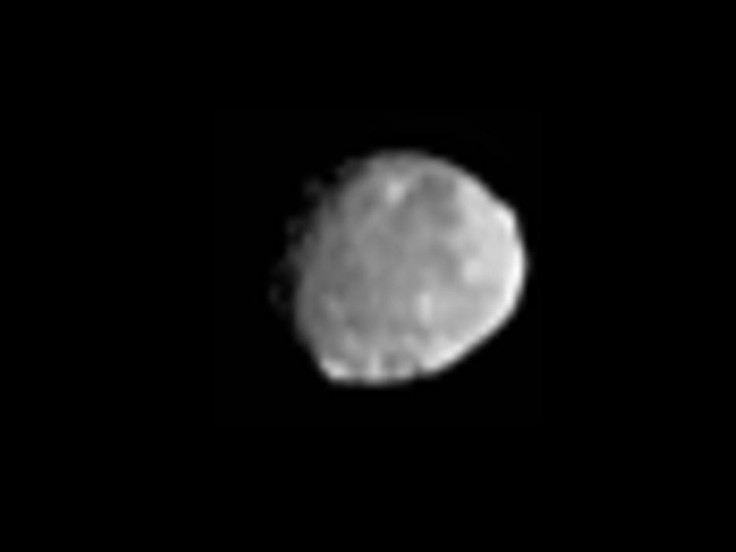NASA Dawn Probe Seeks Mysteries of Young Universe in Massive Vesta Asteroid

After four years and 117 million miles NASA's Dawn probe is finally approaching its destination: the immense Vesta asteroid located in an asteroid belt between Mars and Jupiter.
The satellite will spend a year revolving around Vesta, a lopsided and cratered gray orb with a circumference of about 260 miles, before moving on to the dwarf planet Ceres.
Scientists believe the images and information collected about Vesta will illuminate what happened in the early days of the universe, since the asteroid is believed to be the detritus left over after the formation of the solar system. They believe that Vesta has an iron core, whereas Ceres -- the largest body in the belt it shares with Vesta -- is thought to contain a layer of ice.
Our latest tests and check-outs show that Dawn is right on target and performing normally, said Robert Mase, Dawn project manager at Nasa's Jet Propulsion Laboratory in Pasadena, California.
We're seeing things that nobody has seen before, Mase added. We're doing a lot of firsts, and a lot of true exploration. So I find that aspect of it exciting.
© Copyright IBTimes 2025. All rights reserved.




















